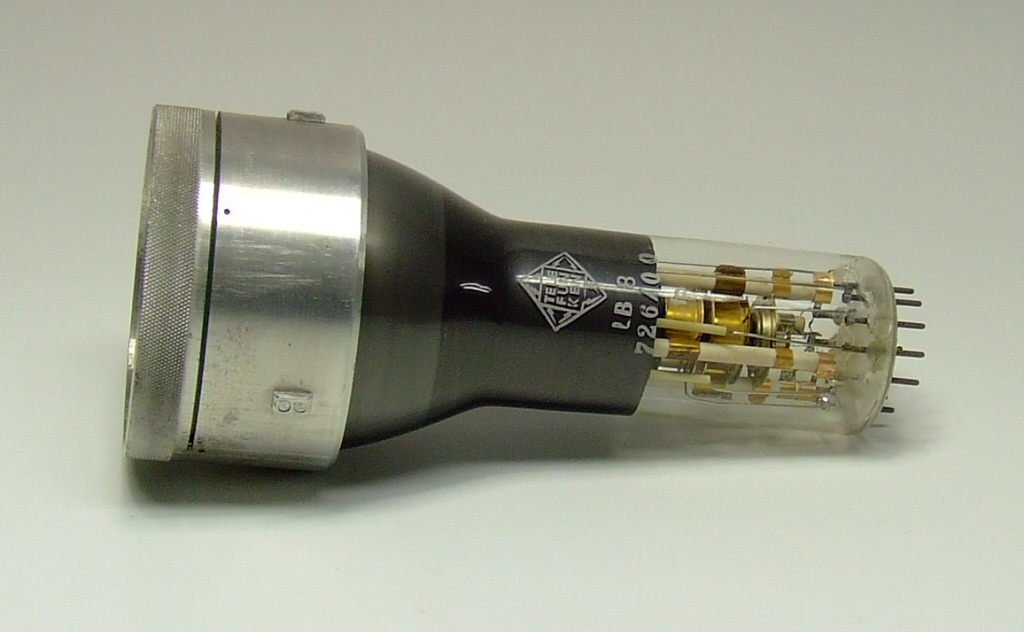

Under normal circumstances, an electron beam produced by the electron gun described above would have a tendency to spread out to form a cone-shaped beam. The amount of charge placed on the control grid determines the intensity of the electron beam that passes through it. The grid may consist of a cylindrical piece of metal to which a variable electrical charge can be applied. The intensity of the electron beam entering the anode is controlled by the grid. As the electrons are accelerated, they pass through a small hole in the anode into the center of the cathode ray tube. These electrons are then accelerated by an anode (a positively charged electrode) placed a short distance away from the cathode. When a cesium cathode is heated to a temperature of about 1,750 ☏ (954 ☌), it begins to release a stream of electrons. One of the most common cathodes in use is made of cesium metal, a member of the alkali family that loses electrons very easily. The first is the cathode, a piece of metal which, when heated, gives off electrons. Electron gunĪn electron gun consists of three major parts. A vacuum is necessary to prevent electrons produced in the CRT from colliding with atoms and molecules within the tube. At the flat wide end of the cone is the display screen.Īir is pumped out of the cathode ray tube to produce a vacuum with a pressure in the range of 10 -2 to 10 -6 pascal, the exact value depending on the use to which the tube will be put. At the end of the cylindrical portion farthest from the electron gun, the tube widens out to form a conical shape.

The glass cathode ray tube consists of a cylindrical portion that holds the electron gun and the focusing and deflection systems. The envelope is most commonly made of glass, although tubes of metal and ceramic can also be used for special purposes. The outer shell that gives a picture tube its characteristic shape is called the envelope of a cathode ray tube.

The “picture tube ” in a television set is perhaps the most familiar form of a cathode ray tube. Most people have seen a cathode ray tube or pictures of one. Cathode ray tubes are still widely used in a number of electrical devices, such as computer screens, television sets, radar screens, and oscilloscopes (signalvizualization tools used in science and engineering).Ī cathode ray tube consists of five major parts: an envelope or container, an electron gun, a focusing system, a deflection system, and a display screen. Cathode ray tubes are also known commonly as CRTs. A cathode ray tube is a device that uses a beam of electrons in order to produce an image on a screen.


 0 kommentar(er)
0 kommentar(er)
